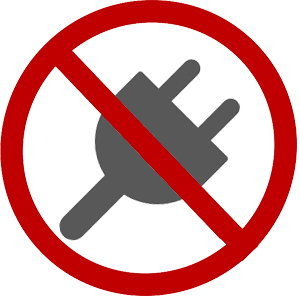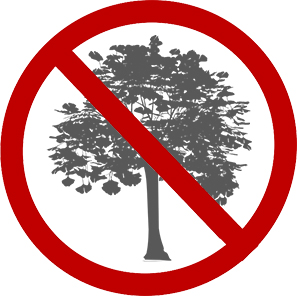What is a Thunderstorm?
A thunderstorm is a rain shower that includes thunder. Thunder is a direct result of lightning. A severe thunderstorm can also include: hail three-quarter inch or greater, wind gusts over 57.5 mph, or a tornado.
An average thunderstorm is 15 miles in diameter and lasts about 30 minutes. There are two types of thunderstorm alerts:
WATCH - tells you when and where severe thunderstorms are likely to occur.
WARNING - is issued when a thunderstorm has been spotted or indicated by radar so there's imminent danger.

Before a Thunderstorm Approaches
Be alert. Access local media outlets for the latest weather forecast. Look for darkening skies, flashes of light, or increasing wind.
Be aware. Keep in mind the 30 30 rule for lightning safety. You're still in danger of being struck if after seeing lightning, you cannot count to 30 before hearing thunder.
Take precautions. Find enclosed shelter in a building or car and keep car windows closed. Because lightning can travel through electrical systems, plumbing, and metal, avoid using any electrical devices or water sources.

If You're Stuck Outdoors
Find shelter. Go to a low-lying, open place away from trees or metal. If you are in the woods, take shelter under shorter trees. If you are boating or swimming, get to land and find shelter.
Avoid. Don't touch metal objects, such as fences, umbrellas, and car roofs/sides. Avoid bodies of water, elevated areas, tall trees, and overhangs.
Squat if no shelter is available. Squat low to the ground and place your hands on your knees with your head between them to make yourself the smallest target possible.
Did You Know?

At any given moment, there are 2,000 thunderstorms in progress around the world (approximately).

